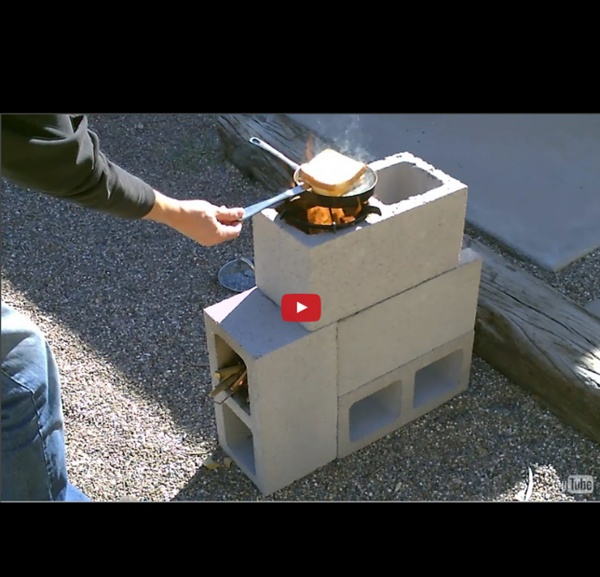



Rocket Mass Heaters – The book, by Ianto Evans and Leslie Jackson EFECTOS AGLUTINANTES BRIQUETAS by bertha solis on Prezi Rocket Mass Heater Book - -Our newest edition- - | Cob Cottage Company More than a second edition to the groundbreaking Rocket Stoves to Heat Cob Buildings, the new book Rocket Mass Heaters, Superefficient Woodstoves You Can Build (And Snuggle Up To) is the most comprehensive book available on the subject of Rocket Stoves. Here's a superefficient wood fired heater you can build for yourself in a weekend for less than a hundred dollars. This book explains in detail exactly how to build one, then how to use it in a range of applications. We discuss materials, where to find them, what to pay and how to make use of found and recycled parts. The section on fire and fuels is thorough but simple, we tried to keep away from numbers whenever possible. There are success stories, case studies, references and where to find further information, all heavily illustrated and with four full pages of color photographs. New woodstoves are no longer craftsman-made locally. To order, please visit the Cob Cottage Company products page.
I Love Cob! ∞ Construction of a Rocket Stove View photos here » I experimented with the plans that Ianto Evans and Leslie Jackson prescribed in the first draft of ‘Rocket Stoves to Heat Cob Buildings: How to Build a Super Efficient Wood Fired Heater‘. I gotta tell you that it didn’t sink in the first time I read it. I understood it in principle, but it just seemed counter intuitive. The smoke goes down instead of up? Every time I’ve seen fire and smoke it goes up. The rocket stove is a efficient wood burning device. The rocket stove is a down-draft heater. Updates: Here is a of Ianto’s Rocket Stove book. Read a review by Ocean Liff-Anderson at Dirt Cheap Builder. The second edition, Rocket Mass Heaters-Superefficient Woodstoves You Can Build (and snuggle up to) is available here:
How To Build Rocket Mass Heaters / Stoves 13 Coolest Rocket Stoves, Baking Ovens, Heaters, Fireplaces and More The Wood Stove Decathlon concluded Tuesday (Nov 19,2013) after five days of testing and judging among teams that came from around the world. The goal? “Heat more cleanly, cheaply, and renewably,” said John Ackerly, organizer and president of the Alliance for Green Heat. How to Make a Tin Can Rocket Stove Rocket stoves are a great tool to have on hand for camping or to keep in a survival kit, and they can be made for next to nothing out of stuff you probably have sitting around your house. These can be fueled with just about anything you have lying around that is flammable – leaves, twigs, or even junk mail. They are weather resistant, easy to transport, and super easy to run. This video shows how to make a simple tin can rocket stove. For this project, you’ll need: 2 tin soup or spagetti sauce-sized cansa metal paint can for the main part of the stovesand, gravel, or dirt to act as insulation and keep the paint can from getting too hot while lita hacksaw and drill to cut the holes out of the cans Once complete, you’ll have this amazingly efficient, easily portable stove that is a cinch to light and use for cooking or heating water.
How to Build Rocket Mass Heaters and Stoves This beautiful cob mass heater is custom made with Cob for this home. It is a non moveable permanent fixture, not quite as efficient as a rocket mass heater, but nearly so. I am often asked if it's okay to install a rocket mass heater in a home. I would say usually no. If you have a concrete slab floor, all that cob or mud is very heavy, and not a good idea for wood. If you use it on wood, prepare to put lots of support under it as if you were putting two concert grand pianos on the floor in one spot. There are so many different personal styles and ways to build them, which is both wonderful and amazing! (1) Facebook